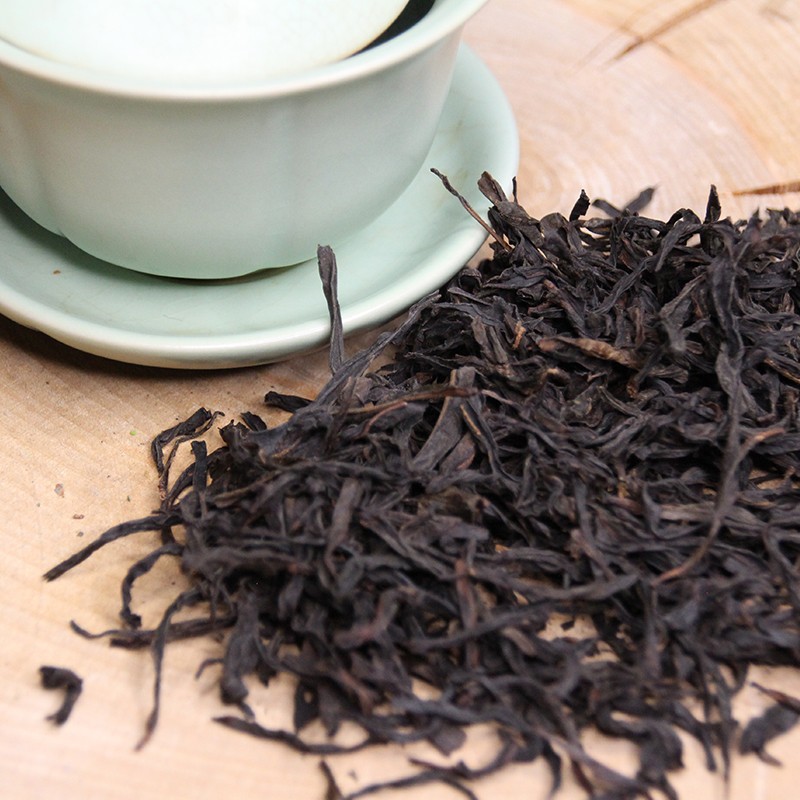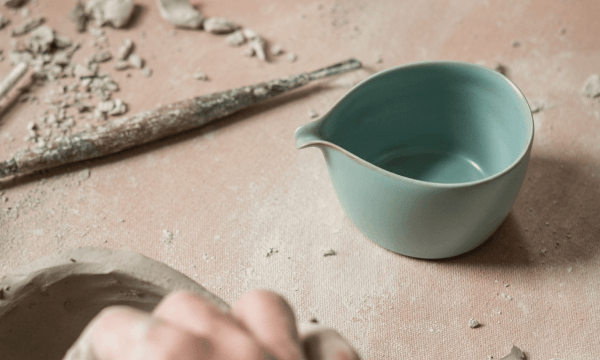tea and its surroundings, Tea Legend
Dan Cong, the curious “mime teas” – Tea and Legends
Dan Cong teas are world-famous for their incredibly special aromas-some people call them “mime teas,” since their leaves give off such specific notes that it seems the tea bushes are trying to imitate another natural element. In this short article we tell you about them, starting with the legend that tells of their origins.
The origin of the Dan Cong: the legend of Zhao Bing
It is said that during the Song Dynasty (960-1279),Emperor Zhao Bing, at that time little more than a child, fled to Wu Dong Mountain to escape a bloody war.
The child was very thirsty and at the end of his strength: fortunately, local farmers found him and took care of him. They led him to some small tea bushes, inviting him to chew the leaves directly: this not only quenched his thirst, but also allowed him to regain the energy lost in his escape.
Thus it was that Dan Cong teas came to be called Song Tea and Song Cultivar, until they became imperial-level teas and reached their peak under the Qing dynasty (1368-1644). In fact, under the Qing, tea production in the area developed greatly partly due to imperial donations, which financed the care and planting of new tea bushes. Just think that some of those small shrubs grew into large ancient trees, which can still be seen today by those who visit that region.
Where do Dan Cong teas originate?
The area of origin of Dan Cong teas is in Guangdong Province near the city of Chauzhou in southeastern China: specifically, these teas grow in the Phoenix Mountain area (Fenghuang Shan). This is why they are also sometimes referred to as. “Phoenix Dan Cong Oolong.”.


The Phoenix (Fenghuang) by the way is a very important mythological animal in Chinese culture, associated with prosperity and new beginnings. In fact, it is a symbol frequently represented at important events, such as weddings. Initially, the symbol associated with this mythological bird was composed of two elements: the male phoenix and the female phoenix, symbolizing the Yin and Yang that together govern the universe. Later, it began to represent a single phoenix, uniting these two creative forces in perfect harmony.
The first Dan Cong tea bushes were planted by an ethnic minority that inhabited that region during the Suyi Dynasty (581-618), namely the Shezu (literally: “She minority”). At that time tea was used as medicine and as a food resource. Due to natural disasters of various kinds that endangered the forests and their inhabitants, however, the Shezu saw themselves forced to leave Guangdong. They thus took refuge in Fujian and pruned tea seeds with them: not surprisingly, the starting cultivar of the Dan Cong, the Shui Xian, is the same as the high-oxidation oolongs we find in the Wuyi Mountains area.
What exactly are Dan Cong teas?
The words “Dan Cong” in Chinese mean “single bush,” and this is precisely the main characteristic of this tea. These are individual tea bushes that carry a specific fragrance: it can be floral, fruity or spicy-there are so many of them! A key role is definitely played by the terroir, understood as a combination of so many elements: latitude, altitude, soil chemical composition, climate, rainfall, fauna and microorganisms living in that soil.
The soil turns out to be rich in minerals, absorbed by the deep roots of the shrubs, which will then transform them into the key components of tea (flavonoids, alkaloids, catechins, etc.). The environment presents distinctly favorable ecological conditions for the growth of excellent tea: the plants grow at high altitudes, between 1,000 and 1,500 meters above sea level, in a pristine area. All these elements combine to create the sweet and unmistakable flavor that characterizes Dan Cong teas.


The starting cultivar is Shui Xian, which is characterized by large, fleshy, water-rich leaves well spaced on the stem. To produce an oolong from this cultivar, a bud composed of the tenderest leaf and the next 2 or 3 leaves starting from the top (the first leaf is in fact referred to as “apical”) is harvested. The processing of Dan Cong, precisely, is that of oolongs, with a medium to high level of oxidation.
Tasting a Dan Cong is magic: these are neither scented nor flavored teas, yet the individual fragrance of each of these teas is clearly recognizable, whether in the aroma of the wet leaves or in the liquor in the cup. There really are so many types, each with a well-defined flavor profile-here are the main ones below:
Dan Cong floral:
- Mi Lan Xiang: aroma of honey and orchid
- Gui Hua Xiang: osmanthus aroma
- Yu Lan Xiang: magnolia aroma
- Mo Li Xiang: jasmine aroma
Dan Cong with notes of spice & fruit:
- Xin Ren Xiang: almond aroma
- Rou Gui Xiang: cinnamon aroma
- You Hua Xiang: pomelo aroma
If we have made you want to taste a Dan Cong, all you have to do is try our Mi Lan Xiang, with sweet notes of honey and floral hints of orchid.






